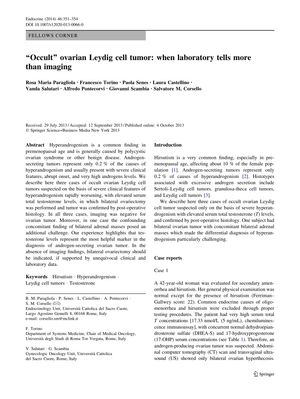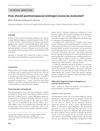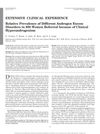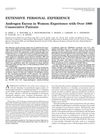Occult Ovarian Leydig Cell Tumor: When Laboratory Tells More Than Imaging
October 2013
in “
Endocrine
”

TLDR Blood tests can detect ovarian Leydig cell tumors when scans don't, and surgery can confirm and treat these tumors.
The document reports on three postmenopausal women who exhibited severe hyperandrogenism and unusually high serum total testosterone levels, leading to a diagnosis of occult ovarian Leydig cell tumors despite the absence of evidence from imaging tests like CT scans and ultrasounds. These patients showed rapid progression of symptoms such as hirsutism and virilization, but other androgen levels were within normal ranges. The diagnosis was made based on clinical signs and laboratory findings, and bilateral ovariectomy confirmed the presence of the tumors through post-operative histological analysis. This study underscores the significance of considering ovarian malignancy in cases of severe hyperandrogenism with elevated testosterone, even when imaging is inconclusive, and suggests that surgery can be justified based on clinical and laboratory indicators.




